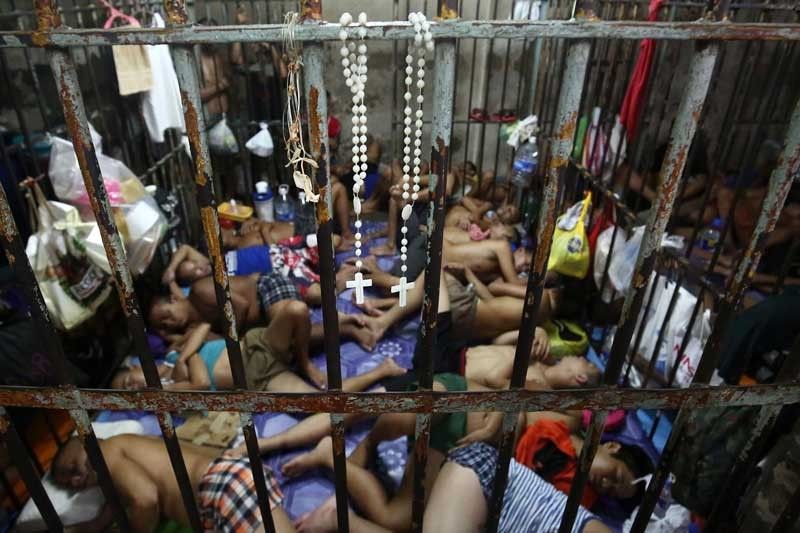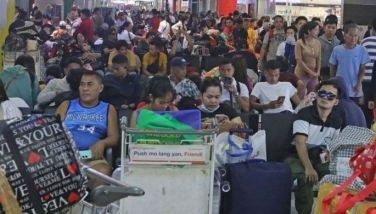Philippine jails overcrowded by 367% — COA

MANILA, Philippines — The Commission on Audit has found that the country’s jails are overcrowded by 367%, noting that slow court action has also led to a slight increase in the total number of detainees in 2022.
In its 2022 audit report on the Bureau of Jail Management & Penology (BJMP), COA noted that the average congestion rate in prison facilities is 367%, based on data provided in the 2022 BJMP Annual Accomplishment Report.
The total number of detainees in the country by the end of 2022 stood at 127,031, which exceeded the total ideal capacity of 46,702, according to the state auditor.
COA also noted that most jail facilities or nearly 68% out of 478 jail facilities are considered “heavily congested” with occupancy rates (how many detainees are inside a facility) ranging from 101% to 2,739%.
This means that nearly three out of five jail facilities in the country continue to house more detainees than their carrying capacity.
Meanwhile, the total number of persons deprived of liberty (PDLs) has increased by 1.34% or 1,684 from 2022, which then had a total jail population of 127,031.
Jails were congested by 254% in 2021 and 403% in 2020, according to previous audit reports.
Delay in court decisions leads to rise in PDL population
"The observed rise of PDLs population can be attributed to the increase in the new admittance of PDLs in view of the government's campaign against illegal drugs and the court's slow or delayed actions and decisions on pending cases,” the state auditor said.
This slow action from the courts is caused by the “lack of judges, postponement of hearings, and slow disposition of criminal cases that carry the penalty of reclusion perpetua or life imprisonment,” the state auditor added.
“Likewise, the non-posting of bail of qualified detainees, who are from below poverty line and cannot afford to post bail, still remain imprisoned,” COA said.
Sites where jail facilities are located also have limited space for expansion, COA noted.
According to the audit report, most or 89% of PDLs are undergoing or awaiting trial, or awaiting final judgment.
To improve the living conditions for PDLs, COA recommended that BJMP include the construction, improvement and expansion of facilities in its budget.
COA also recommended that BJMP tap local government units for possible lot donations for the construction of more facilities.
Various government officials through the years have vowed to decongest the country’s jails, with one lawmaker in June proposing a measure that aims to build new correctional facilities in several regions outside Metro Manila to address overcrowding in prisons that leads to deteriorating living conditions for inmates.
RELATED: New bill, same problem: Lawmakers bat for more prison facilities to solve jail congestion
However, according to the United Nations' Office of Drugs and Crime's handbook on strategies to reduce overcrowding in prisons, the creation of new facilities to address cramped prisons is "generally ineffective."
"Evidence shows that as long as the shortcomings in the criminal justice system and in criminal justice policies are not addressed to rationalize the inflow of prisoners, and crime prevention measures are not implemented, new prisons will rapidly fill and will not provide a sustainable solution to the challenge of prison overcrowding," the guidebook read.
Inadequate prison infrastructure "should not be regarded as the principal “cause” of overcrowding, but often as a symptom of dysfunction within the criminal justice system," it noted. — with reports by Kristine Joy Patag
- Latest
- Trending
































